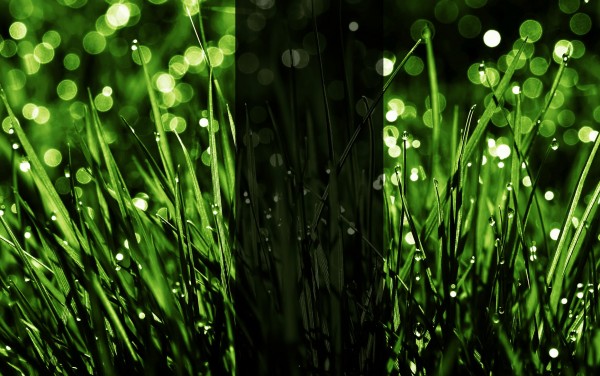To Water … or Not to Water?
With July upon us, you have a decision to make about your lawn.
To water, or not to water?
Your answer might rest on aesthetics ... or whether you can afford the water bill.
Mid-summer is usually hot and dry in Brookfield, Elm Grove and New Berlin, WI. Rain can be scarce. Lawn care comes to a crossroads.
If you opt to let nature take its course – i.e., you’re at Mother Nature’s mercy for rain (or lack thereof) – chances are your lawn will go dormant. It’s a natural process. Grass stops growing to conserve energy.
With dormancy, though, comes discoloration. Dormant grass usually turns brown. There’s no cause for concern. The lawn will green up again when rains return.
However, some homeowners don’t like a brown lawn. If you’re one of them, you’ll need to water regularly (unless this July is unusually rainy).
What does this entail? Well, most turf grasses need up to an inch of water per week to stay green. Factor in evaporation due to heat, and your sprinklers will be running at least a few days a week.

If you decide to water your lawn, these steps can make the process more efficient:
- Water early in the day. Cooler temperatures reduce evaporation. If you’re lucky, some dew might be left from the night before.
- Water thoroughly. The moisture needs to soak down to the grass roots.
- Move the sprinkler(s) regularly. Don’t flood one area and shortchange another.
- Adjust your lawn mower to cut higher. Make it less work for the grass to regenerate.
Above all, don’t flip-flop between letting your grass turn brown (i.e. go dormant) and restarting watering. Doing so stresses the lawn and weakens its resiliency.
The exception to these watering rules (isn’t there always one?) is if you have newly-seeded lawn areas. In this case, keep watering daily until the new grass is growing steadily.
Whatever your decision on lawn watering, be sure to make it soon. July is here. Nature waits for no one … and its decisions are always final.
<<-- Back to List
Email to a friend